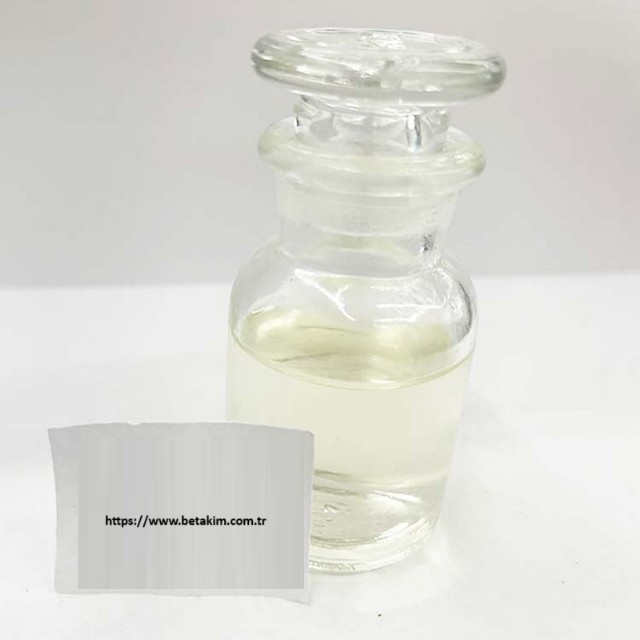We unleash your business potential by maximize the business innovation.
Send EmailEthyl Pyrrolidone, N-Ethylpyrrolidone, NEP, N-Ethyl-2-pyrrolidinone, DDR1, 2687-91-4
1-Ethyl-2-pyrrolidone (CAS 2687-91-4) in English, following your detailed format:
🌟 1-Ethyl-2-pyrrolidone (NEP)
A) Physical and Chemical Properties
-
Chemical Formula: C₆H₁₁NO
-
Molecular Weight: 113.16 g/mol
-
Appearance: Clear, colorless liquid
-
Melting Point: 87.5–88.5 °C
-
Boiling Point: 97 °C @ 20 mmHg
-
Density: 0.992 g/mL (25 °C)
-
Solubility: Fully miscible with water (~1000 g/L @ 23 °C)
-
pH (100 g/L in water): 8–9
-
Flash Point: 91 °C (Pensky-Martens Closed Cup)
-
Explosion Limits: 1.3%–7.7% (v/v)
-
Refractive Index: n₂₀/D 1.465
-
Vapor Pressure: 18 Pa @ 20 °C
-
Storage Conditions: Store in sealed containers in a cool, dry place
-
Water Hazard Classification (WGK Germany): 1 (low hazard)
-
EC No: 220-250-6
-
UNSPSC Code: 12352203
B) Applications
-
Solvent: For electronics, pharmaceutical, and polymer sectors due to low volatility
-
Intermediate: In the production of polycarboxylic acids
-
Surface Modification: For UV-curable fiber processing
-
Transdermal Systems: Enhancer for skin permeability
-
Coatings & Inks: Used in inkjet formulations and coating binders
C) Manufacturing Method
-
Main Route: N-alkylation of 2-Pyrrolidone with ethyl halides
-
Reactants: 2-Pyrrolidone + Ethyl bromide/chloride
-
Catalyst/Medium: Basic conditions (e.g., NaOH)
-
Purity: ≥98% (confirmed by GC analysis)
D) Chemical Reactions
-
N-Alkylation: Used to synthesize NEP, NMP, and other derivatives
-
Photo-curing: Surface treatment via polymer crosslinking
-
Solvation: Effective for both polar and non-polar compounds
E) Alternatives
-
N-Methyl-2-pyrrolidone (NMP): Higher boiling point
-
2-Methyltetrahydrofuran (2-MeTHF): Bio-based option
-
Dimethylformamide (DMF): Similar polarity
-
2-Pyrrolidone: NEP’s precursor compound
F) Synonyms 1-Ethyl-2-pyrrolidone, N-Ethylpyrrolidone, NEP, N-Ethyl-2-pyrrolidinone, DDR1
G) Common Names “NEP solvent” “Ethyl pyrrolidone” “Low-volatility aprotic solvent”
H) Usage Ratios
-
Polymer Modification: Typically 5–30%
-
Pharmaceutical Synthesis: 10–50% of reaction volume
-
Coating Systems: 5–15% as carrier solvent
